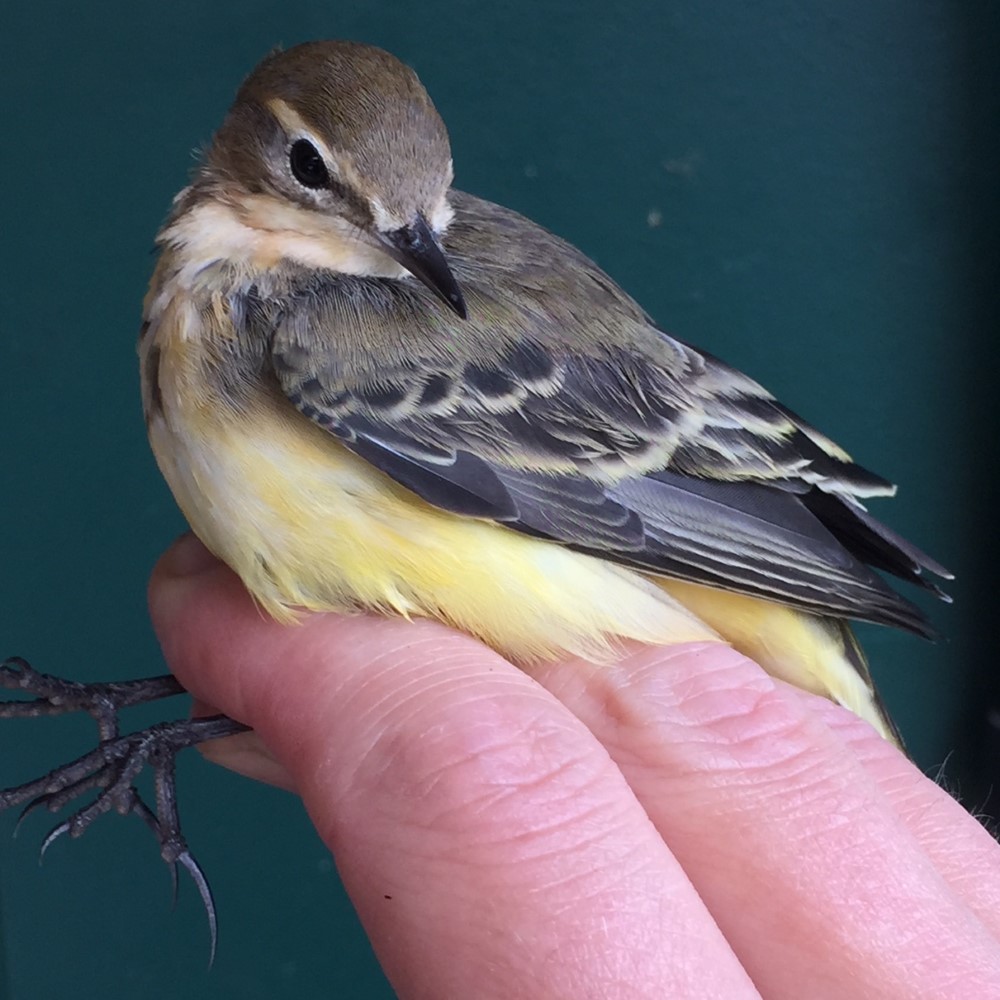Observations

September – October 2019
Wildfowl counts for the BTO’s Wetland Birds Survey have resumed after the summer break; fairly typical numbers have been counted, such as 367 Gadwalls, 491 Coots, 112 Shovelers, 105 Teal and 30 Little Grebes. We also encountered a mystery duck on several occasions, thought to be a Shoveler/Gadwall hybrid.
Flocks of Greylag Geese were seen frequently, although they are rarely present on site during the day; but a maximum count of 84 in September is a new Rye Meads record. Similarly up to eight Egyptian Geese regularly commuted to roost overnight on No 1 Lagoon with 10 being counted on one day in October.
Amongst the more interesting waders at this inland site were a Curlew in September, a Dunlin on three dates in October, and up to three Common Sandpipers. Snipe numbers have been building up, and the first Jack Snipes have returned. A Mediterranean Gull was seen on two dates.
Amongst the usual raptors were single Marsh Harriers were seen on three dates. The last Hobbies lingered into early October.
We are getting increasingly regular overflights of Ring-necked Parakeets, with up to five birds. More satisfyingly, two Ravens were spotted, and a Marsh Tit was caught and ringed and retrapped a week later.
It’s been a poor summer for all hirundines locally, and the usual autumn roosts in our reedbeds simply haven’t materialised. The highest count for Swallow of just 28 is believed to be our lowest ever year maximum. More encouragingly, however, an unexpectedly large congregation of Yellow Wagtails seemed to be attracted to the grazing cattle in the meadows, with numbers peaking at 51, the best count for thirty years. Even better, we managed to catch and ring five birds, our best total for 24 years.
A late Whinchat obliged us by adding to our year ringing total, together with five of the six Stonechats seen.
Along with the departing warblers, our first Redwings and Fieldfares arrived on cue, with a passage of 320 Redwings one October day being the most notable observation. More unusually for Rye Meads were the three Mistle Thrushes that flew over, with another two a week later. Finally, the appearance of three Bramblings in late October confirmed the turning of the seasons!
